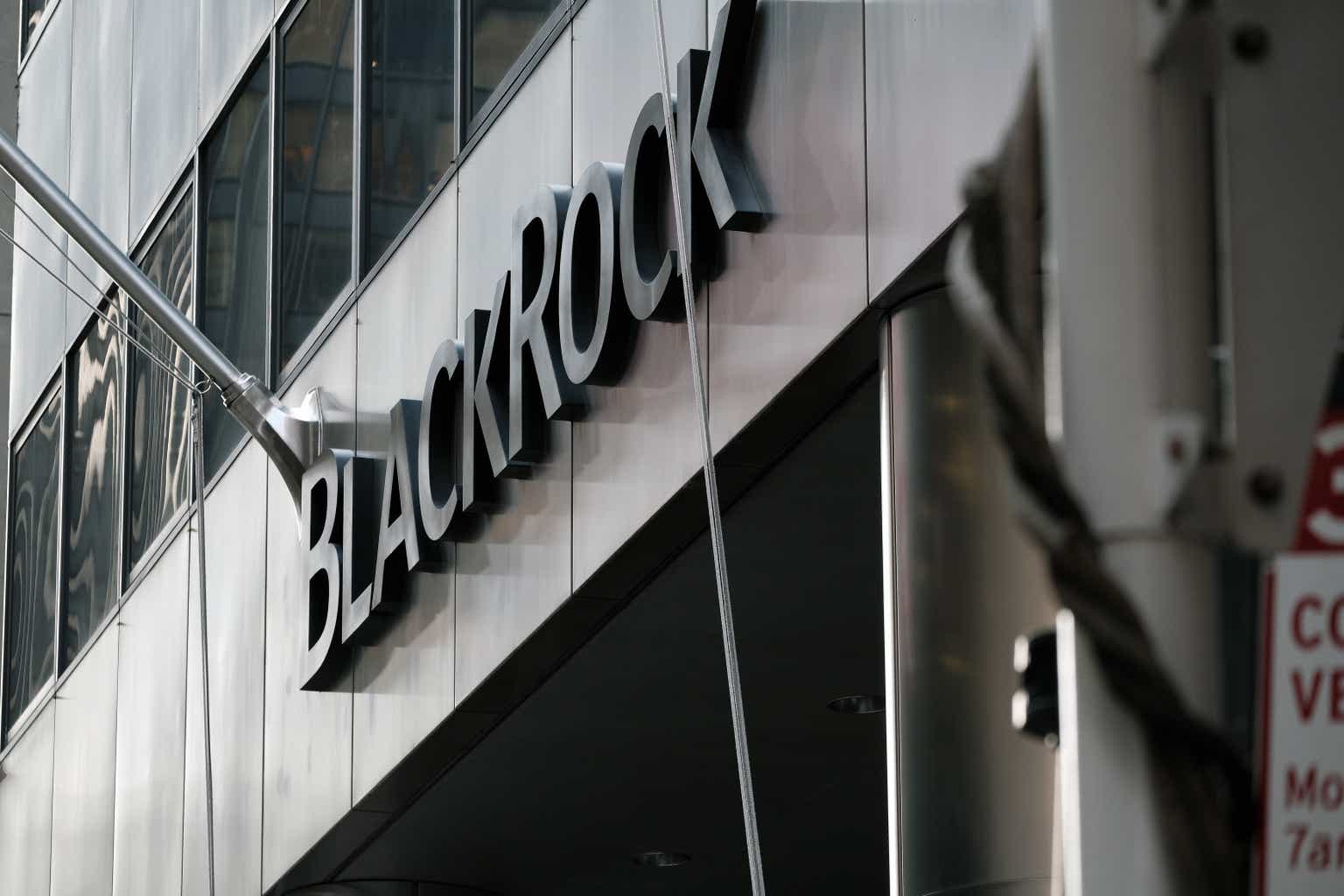In March of this year, I concluded that this would become an interesting year for BlackRock (NYSE:BLK). The company was hurt by market volatility, but, at the same time, BlackRock reported impressive asset inflows, certainly from bond-like products amidst a higher interest rate regime.
While inflows slowed a bit during the second quarter, this was offset by higher asset prices and thus Assets Under Management “AUM”, being the driver behind resilient results. As markets have been a bit volatile in recent weeks, shares have seen a decent sell-off, creating long term potential again for this well positioned secular growth play.
BlackRock – A Low-Cost Giant
Decisive strategic action during the 2009 recession laid down the foundation for the empire and giant which BlackRock subsequently has become. The continued and prolific rise of low-cost ETFs resulted in continued growth in AUM, creating a massive outperformance of its shares.
By 2021 the company has grown assets under management to over $10 trillion, with growth driven by higher asset valuations and over half a trillion in asset inflows that year, equivalent to $1.5 billion per calendar day!
The company generated over $19 billion in revenues on these assets, equal to 0.2% of the assets under management, with operating profits of $7.5 billion, working down to earnings of $38 per share. It were these kinds of results which propelled shares to a high near the $1,000 mark in 2021 after which shares have seen a tougher 2022 amidst a correction in many asset classes and lower inflows seen that year.
These conditions made that revenues fell from $19.4 billion in 2021 to $17.9 billion in 2022, with profits per share falling some four dollars to $34 per share, and adjusted earnings coming in a dollar higher. With shares having come down to $636 in March, the resulting valuations were quite modest at a market multiple, all while the balance sheet revealed a modest net cash position, as investors feared the impact of the issues in the (regional) banking sector at the time.
Investors were even more skeptical about BlackRock potentially being interested to buy (part of) Credit Suisse (at the time) with the troubled Swiss bank ending up in the arms of UBS. Despite these hiccups, the long term growth story remained intact in my view, standing at the basis of an upbeat stance.
And Now?
Since March, shares of BlackRock have largely traded in a $650-$750 range, currently trending towards the lower end of the range at $660 per share as the market at large has seen a small setback, mostly because interest rates have seen another move higher over the last week.
In April, BlackRock posted first quarter ending AUM of $9.0 trillion, with total net inflows reported at $110 billion. Revenues fell 10% year-over-year on the back of a 5% drop in annual AUM, with adjusted earnings down 17% to $7.93 per share. These results were reported with the S&P 500 ending the quarter around the $4,000 mark, as the market index saw a big rally to $4,400 in June.
The recovery in equity markets made that second quarter AUM rose to $9.4 trillion, with total net inflows reported at $80 billion. This made that second quarter sales fell just a percent to $4.5 billion, with adjusted earnings improving substantially to $9.28 per share.
These inflows remain impressive, even if they are down substantially on a sequential basis – and suggests about 3-4% organic growth on the AUM base, on top of which long term asset gains are hopefully seen. With earnings power trending at $35 per share and the balance sheet remaining in pristine shape, the outlook remains pretty decent as BlackRock trades at a reasonable 19 times multiple.
Final Thoughts
The issue is that markets at large have seen some 5% pullback in recent weeks, but still trade at elevated levels as shares of BlackRock have seen a more pronounced pullback, one which actually pushed up the dividend yield to 3%, with the dividend payouts trending at $20 per share.
While the market dominance of BlackRock has been recognized, this has invited scrutiny on the business. This relates to antitrust issues, as well as the concerns on the position which BlackRock has in terms of voting power on its holdings. On the other hand, the business is well positioned for further inflows which will drive growth in the long run.
Amidst all this I remained quite upbeat on the shares at these levels, and a patient holder, looking to average down on further dips.
Read the full article here









Leave a Reply